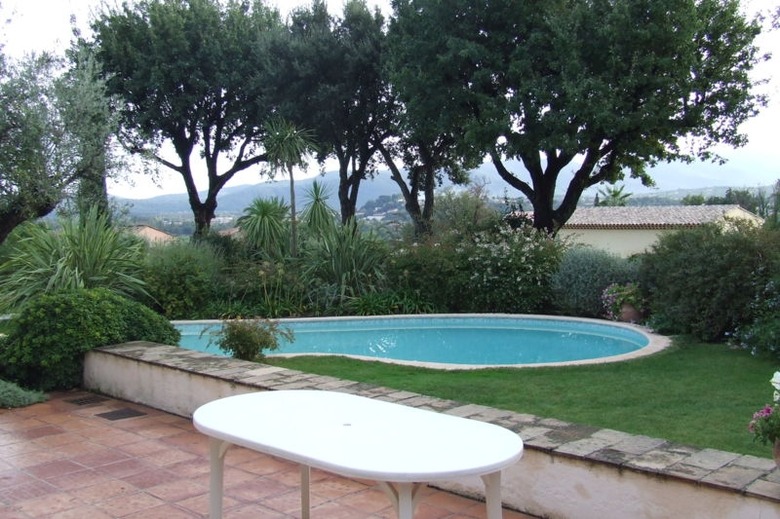How Does A Pool Chlorinator Work?
Cleaning Swimming Pools
Swimming pools need to be cleaned and sanitized regularly to prevent the growth of harmful substances such as bacteria, viruses, algae and insect larvae in the water and all around the sides and bottom of the pool. Pool filters are used to filter out harmful material from the water inlet, but they alone are not enough. Chemicals such as chlorine and bromine are often used in the pool water to keep it clean and healthy. Chlorine is the most used pool cleaner but it needs to be closely monitored at all times, because large amounts can irritate the skin and cause other health issues of the people using the pool.
Adding Chlorine
Chlorine is usually added manually, either directly into the water, through the filter or in flotation devices on the water that slowly release chlorine through tablets. Although these are the lowest-cost methods, there are slightly higher-priced methods that offer convenience and accurate measurements. Automatic pool chlorinators come in various price ranges, depending on the size of the pool, the form of the cleaner and quality of the chlorinator.
Automatic Pool Chlorinator
An automatic swimming pool chlorinator is a device that is attached to the pool filtration system and releases chlorine or other pool cleaners automatically into the water; it just needs to be filled with the cleaner manually, and it does the rest. The chlorine feeder is attached to the pool filter and filled with a cleaner, such as chlorine sticks or tablets. The chlorinator is then set to inject chlorine at the rate and level desired.
Salt Water Electro-Chlorinator
A salt water electro-chlorinator is a device that is attached to the pool circulation system and uses electricity to change salt into a form of chlorine called sodium hypochlorite, which is safer then plain chlorine. No harmful cleaners are used. The chlorinator, containing an electrolytic cell, is attached to the pool circulation system across the filter. Common salt is dissolved into the water to a concentration of 3,000 parts per million and usually needs to be topped off only a few times per year. The desired settings are programmed into the control panel and, as the salt water flows into the chlorinator, the salt undergoes chemical reactions as it is hit with electricity from the electrolytic cell, which separates the salt into its base elements of sodium and chlorine. The chlorine changes into sodium hypochlorite and flows into the pool water. Over time, the sodium hypochlorite slowly changes back into salt and the chlorinator continues the process until all the salt is gone. The filter pump and chlorinator is run daily for different amounts of time depending on the size of the pool. The pool might require other chemicals to reduce the concentration of minerals in the water and maintain the pH balance.
